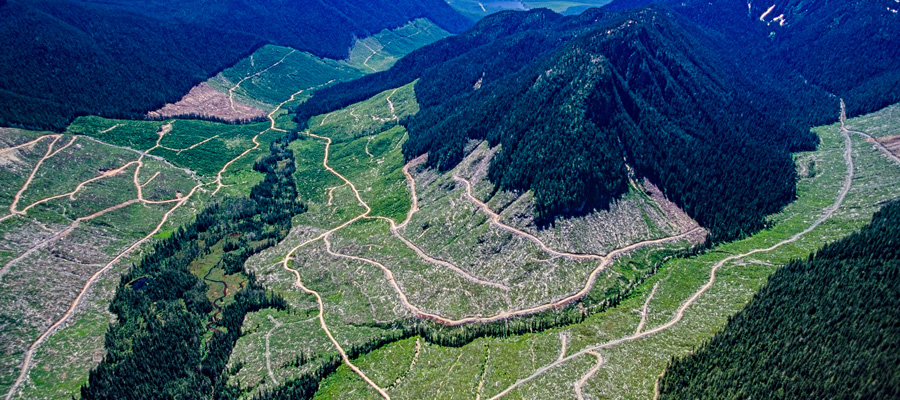First Nations as forest partners may be Roundtable’s most significant recommendation
There’s plenty to be concerned about with the recommendations emanating from the Working Roundtable on Forestry – an open door for raw log exports, diminished corporate taxes for cash-strapped rural municipalities, and a steady creep toward de facto privatization of some public forestlands. And in coming postings I’ll speak more about what’s on the negative side of the ledger in this latest blueprint for a revitalized forest sector in BC.
But in one important respect, Roundtable members got it right. BC’s First Nations remain largely on the outside looking in when it comes to the province’s forest industry. Cut off from lands and resources to which they lay claim, First Nations are the first to be affected by forest activities and almost always the last to benefit, if they benefit at all.
Beginning in 2003, the Roundtable notes, the province attempted to rectify this lamentable imbalance by awarding forest tenures and some forest revenues to individual First Nations. Well intentioned though its efforts were, they fell well short of the mark. “First Nation tenures should be increased in size and their term expanded, similar to what is done with Community Forest Agreements,” the Roundtable reported. “In addition, revenue-sharing formulas should be revised so there is a direct correlation between forest harvesting activity and revenue received by First Nations.”
I myself came to much the same conclusion in January 2007, when the CCPA published True Partners. The research offered a critical, independent assessment of the province’s “new relationship” with First Nations on the forestry front. Based on dozens of interviews with First Nations leaders and aboriginal foresters, it found that the province’s efforts frequently failed to deliver anything approaching economically viable opportunities.
It is highly unlikely that the Roundtable’s recommendations would have packed the punch they did without the forceful presence of Dave Porter of the Kaska Dene Nation and Chief Lynda Price of the Ulkatcho First Nation. But at the same time, it must be said, the province appears to have felt compelled to ensure that First Nation representatives were part of the process. Not only that, but following the Roundtable’s report, BC Forests Minister Pat Bell was quick to respond that in his view there could ultimately be a doubling of First Nation forest tenures to 20 per cent of the total forest holdings in the province.
Bell’s projections were the immediate subject of comment by Vaughn Palmer and other leading media commentators. Expect more of it in the months ahead as the Forests Minister or his successor in the post-election period wrestles with the next big – and frankly very messy – issue: Where, exactly, will the timber to address longstanding First Nations’ grievances come from? And if it comes from the very corporations that have lobbied successfully for language in the same Roundtable report calling for greater clarity around what they will be compensated in the event that their “rights” to Crown timber are affected, how much more will the public be out of pocket?
Stay tuned for interesting times ahead.
Topics: Economy, Environment, resources & sustainability, First Nations & Indigenous

